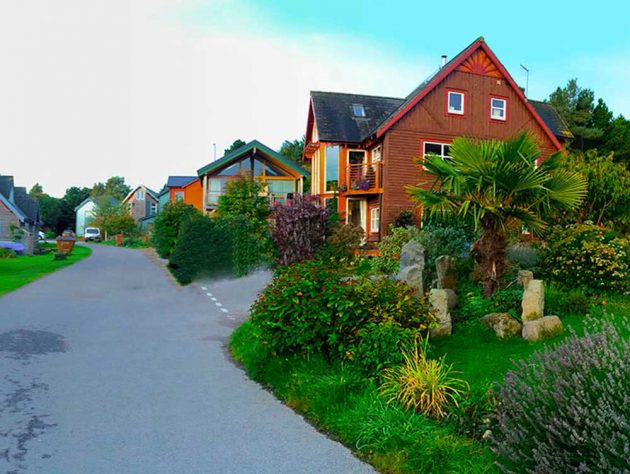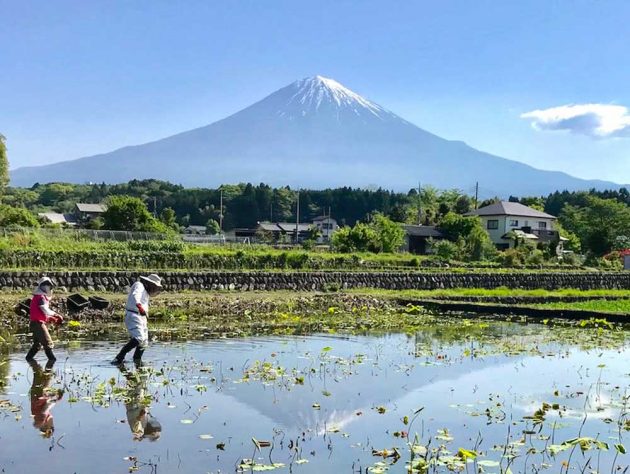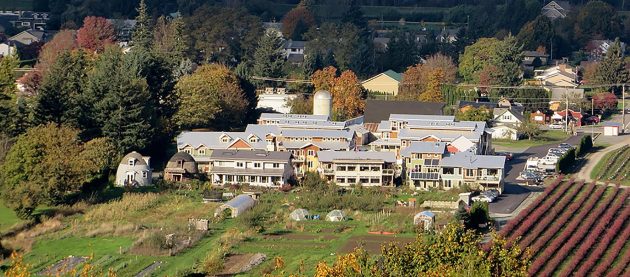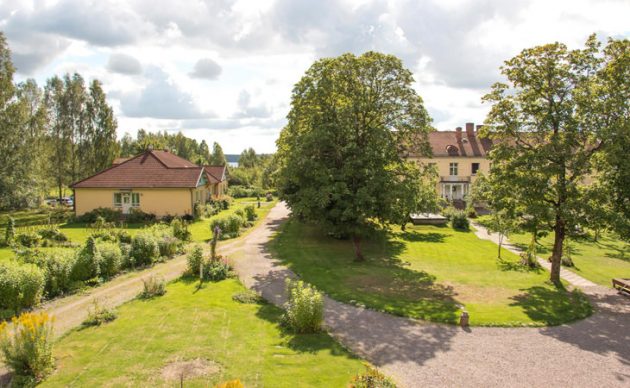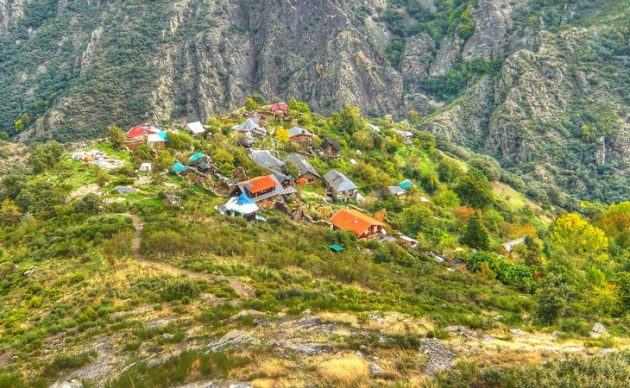When the crazy beauty composed the verses of Alternative Society, most likely he did not imagine that years later the concept of ecovillages would appear in the world. Modern, self-sufficient, and sustainable in all processes, Ecovillages are an extremely improved version of what hippies of the 70s idealized to live.
And the big reason behind the emergence of these ecological villages around the globe was the urgent need to preserve natural resources and the environment. And have you ever thought about living in an ecovillage? Do you know how it works living in an eco-home? We will tell you everything next, follow.
-
What are Ecovillages?
Ecovillages are ecological communities, usually founded and structured in rural areas. The concept of ecovillages emerged in 1991 from the definition of the American philosopher Robert Gilman.
Gilman defined ecovillages as human settlements capable of offering everything that is important for life but always guided by sustainable and harmonious development with nature.
In other words, an ecovillage is, first of all, a group of people who share the same ideals of sustainability and peaceful coexistence with the planet in a true resumption of what humanity was already doing thousands of years ago. An ecovillage has in its essence the basis of a self-sustainable life through organic production of food, use of clean and renewable energies, reuse of materials and natural resources, solidary economy, and bio-construction.
There are currently around 10,000 ecovillages in the world, distributed in 114 countries, including Brazil, according to data from the Global Ecovillage Network (GEN). GEN has structured the bases of ecovillages and, today serves as a support network and a bridge that connects and guides thousands of villages across the planet.
-
Why Live in an Ecovillage
Here are six great reasons to live in an ecovillage:
Cooperation and Coexistence
The spirit of cooperation and harmonious coexistence is one of the main bases of an ecovillage. Within this principle, the residents of an ecological village offer mutual support to each other in different aspects of individual and collective life. This includes everything from sharing organic production to exchanging services for different professionals, for example.
Stimulating the collective is a priority within ecovillages, clashing with the increasingly individualistic way of people living in large cities.
Shared Education
In an ecovillage, knowledge is shared and available to everyone, from children to adults. This contributes to the self-sufficiency of the ecovillage and to the spirit of collectivity and solidarity mentioned above.
Sustainable Buildings
The houses of an ecovillage are, in essence, sustainable and ecological. Bioconstruction techniques, for example, are a reality within ecovillages.
Sustainable Use of Natural Resources
Reuse of water and clean energy are just some of the countless actions that an ecovillage does for the sustainable use of natural resources. This means that all houses have a gray water reuse system, rainwater collection, and solar panels, for example.
It is worth mentioning that living in an ecovillage also means reducing and recycling all the waste produced, in addition, to correctly disposing of organic waste, that is, it goes directly to the compost bin.
Organic and Natural Food
Imagine being able to harvest your own food in your backyard? This is a reality in ecovillages. Organic production is encouraged in these spaces as a way to promote local self-sufficiency. Therefore, each resident is invited to plant, harvest, and share everything they cultivate.
Environmental Preservation
Environmental preservation, of course, is an essential part of an ecovillage policy. These communities value the preservation and recovery of environmental areas in the surroundings where they were formed.
-
How to Live in an Ecovillage?
Now comes the question that does not want to remain silent: how, after all, is it possible to live in an ecovillage?
Is it expensive? Do you have to drop everything? Calm! There are tens of hundreds of ecovillages in the world and each has a different policy for receiving new members. What you need to do is define which ecovillage you want to live in and guess what? Get in touch with the place, as simple as that! But not only that. After this first contact, it is essential to know the ecovillage in person before making the decision.
Many of them have a system for hosting visitors, a service for those who wish to learn more about the work and functioning of an ecovillage. After that visit, you will also need to adjust your lifestyle to the new reality. It may be necessary to give up formal employment and engage in a different type of activity, especially if the ecovillage is geographically distant from your current job. Finally, there is the question of values. An investment is required, just like buying a new property.
However, in ecovillages, this process takes place in a slightly different way. In most cases, ecovillages provide lots for new members. After the purchase of this lot, the construction of the house is carried out, almost always in a joint effort, following the parameters of bioconstruction.
Below are some of the most popular ecovillages in the world:
1. Findhorn, Scotland
2. Konohama Family, Japan
3. Yarrow Ecovillage, Canada
4. Ängsbacka, Sweden
5. Matavenero, Spain

